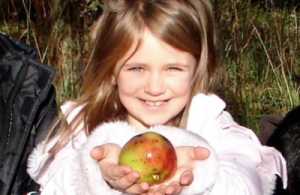
Photo by John Hancox, of the Commonwealth Orchard Project.
I wanted to share this very interesting piece about the community growing movement in Scotland, which has been working to hand neglected urban lands over to local residents and empower them to turn it into orchards and gardens. One of the leaders of this movement is John Hancox, whose group the Commonwealth Orchard Project is providing resources and training to help local volunteers plant and maintain community orchards. The author of this piece, Max J. Muir, is arguing that this new interest in community orchards and gardens is one hopeful sign in an era when citizens are increasingly disengaged from electoral politics. Here’s an excerpt:
Community orchards arise when disused public and private land is turned over to fruit growing and planned and maintained by the local community. Hancox is keen to stress that the significance of Scottish community growing lies mainly in its political dimensions, rather than its environmental ones. What matters is that local people are actively involved in shaping their surroundings, not that they’re shortening the food supply chain and eschewing pesticides. It is a low-cost, low-maintenance way of involving people in productive enterprise, putting Scotland’s vast reserves of vacant land into use.
“Positive graffiti” is Hancox’s term for it: when people are able to materially alter their environment through their own efforts, rather than relying on governmental institutions to impose a specific conception of what the public space ought to look like. It’s this inclusivity and empowerment that makes community controlled spaces different from those designed and laid out by the council, or allotment plots. Though individual allotments do typically provide creative fulfilment to those fortunate enough to have the use of one, that reward is essentially private. Community agriculture brooks a radically different notion of shared space – as an environment open to the exercise of direct and consensus-based control over its design and purpose.
Interest in this form of political engagement is growing- Hancox estimates that there are over 500 community orchards now operating in schools and on disused plots of public and private land in Scotland, plus tens of larger community farms in Forres, Fairlie, Angus, Glasgow and elsewhere, as well as intermittently active groups more overtly aimed at challenging traditional property rights – such as the Glasgow Guerilla Gardeners. Nor is this trend rooted only in agriculture: Scotland’s Hacklabs – “community-operated physical spaces where people with common interests can meet, socialise and collaborate”- in Glasgow, Edinburgh and Findhorn offer skill-sharing opportunities and community use of costly tools and machinery, thereby democratising access to high technology and education.
I love this term “positive graffiti,” to describe one way people materially improve their environments, even when at times it involves challenging or ignoring ideas about “private property,” which might otherwise restrict their opportunities to take an active role in making their own communities more liveable spaces. I am also intrigued by the parallels between Scotland’s urban orchards, some on privately-owned but neglected urban spaces and John “Appleseed” Chapman’s efforts to establish apple tree nurseries on the lands of absentee land speculators on the American trans-appalachian frontier. To some extent, both present modest challenges to the status quo at moment when property law was a barrier to building strong, healthy communities.
I urge you to read the entire article, and to check out the Commonwealth Orchard Project’s blog. Scotland’s COP is another example of the ways that the simple act of planting fruit trees is helping to create a healthier, more democratic world.
William Kerrigan is the Cole Professor of American History at Muskingum University, and the author of Johnny Appleseed and the American Orchard, which tells the story of the old world apple in America, from its arrival half a millenium ago to the present.


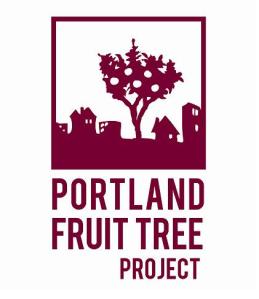

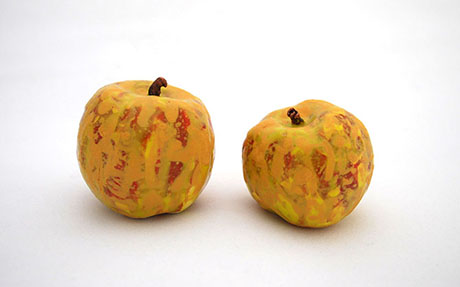

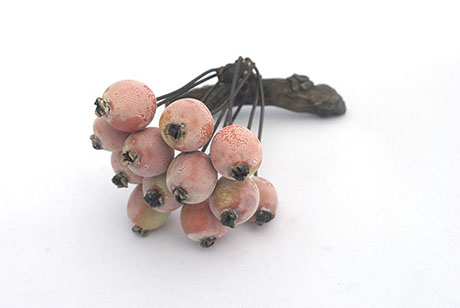
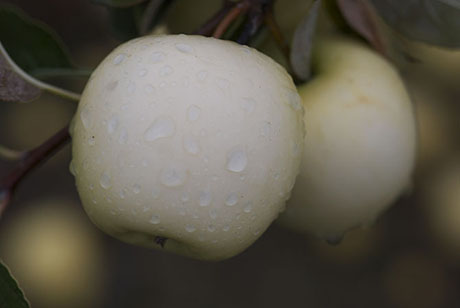

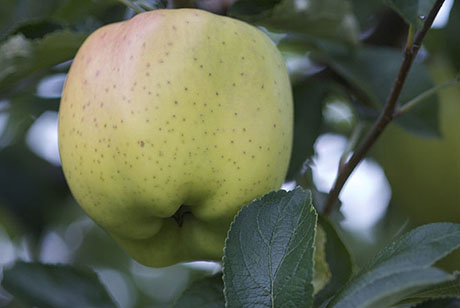
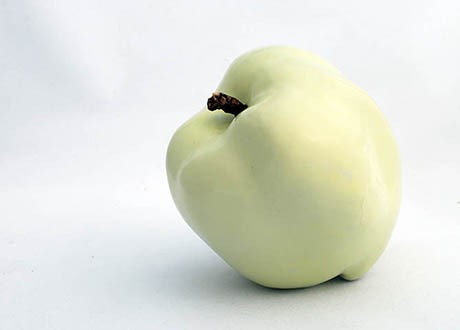


You must be logged in to post a comment.